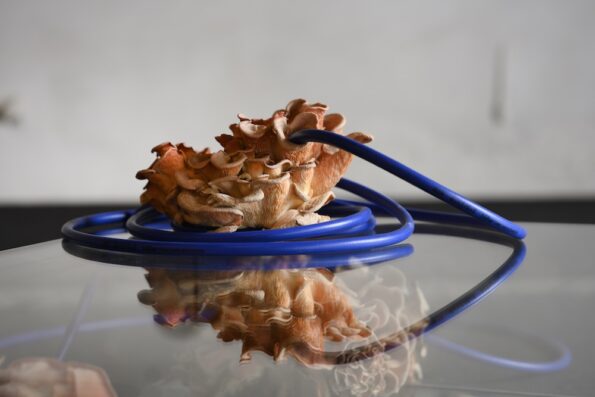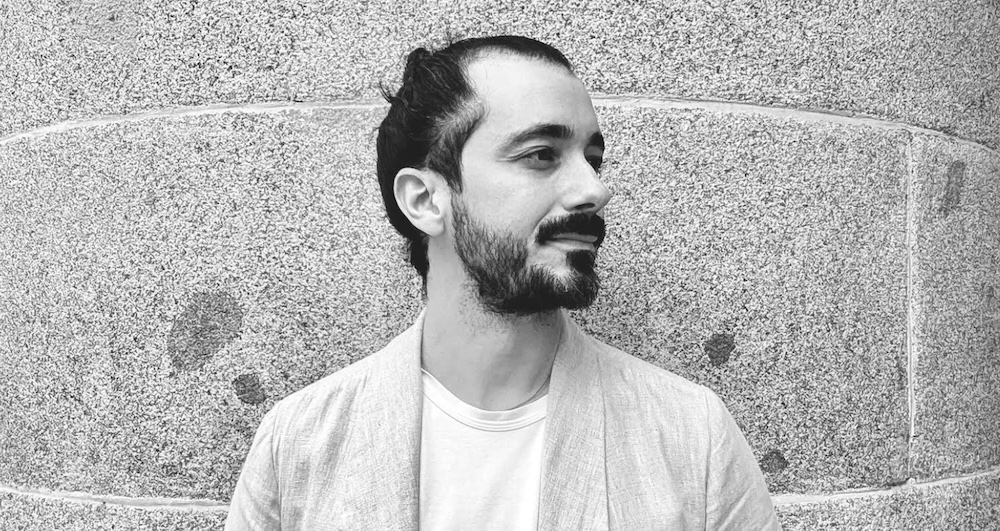Search
To search for an exact match, type the word or phrase you want in quotation marks.
A*DESK has been offering since 2002 contents about criticism and contemporary art. A*DESK has become consolidated thanks to all those who have believed in the project, all those who have followed us, debating, participating and collaborating. Many people have collaborated with A*DESK, and continue to do so. Their efforts, knowledge and belief in the project are what make it grow internationally. At A*DESK we have also generated work for over one hundred professionals in culture, from small collaborations with reviews and classes, to more prolonged and intense collaborations.
At A*DESK we believe in the need for free and universal access to culture and knowledge. We want to carry on being independent, remaining open to more ideas and opinions. If you believe in A*DESK, we need your backing to be able to continue. You can now participate in the project by supporting it. You can choose how much you want to contribute to the project.
You can decide how much you want to bring to the project.

That summer, facing the sea, I thought of Benno von Archimboldi, the seaweed boy, diving with his eyes open. That whole beginning seemed idyllic to me. I remember the impression of reading it for the first time: his light, almost dreamlike childhood, like the scene in the Laminaria digitata forest that makes him cry with emotion. The dive becomes a passage: the sea doesn’t separate worlds, it connects them. Immediately afterward, his first dream appears: a seaweed never seen before. I believed then that the dream made the unseen present, in a kind of Husserlian presentification. Later, he dreams of his father facing the Baltic, wondering where Prussia is, in a loss of roots that I thought of as historical, geopolitical, and identity disorientation, a Weilian uprooting. That question about Prussia resonated with the impossibility of setting borders when the horizon is inhabited by those who left and remain on the shore. I realized that Archimboldi’s dreams in 2666 aren’t psychological trappings, but rather techniques for perceiving the occult; the visible appears as a montage where layers of grief and violence overlap… except in that first childhood dream.
From then on, they all seem unsettling. I was thinking, for example, of the darkened crypt: the laughter that can’t be heard, the recitation before the sacrifice, a single non-laughing person who cries. Everything so spectral that meaning is offered as a shadowy figure. It made me think of writing with images. Like when we see Ansky’s mother marching toward her death, Ansky reduced to a nameless being, and young Archimboldi’s guilt for a murder he didn’t commit. I felt that what emerges there is neither memory nor verifiable future: the impossible responsibility, the desubjectification of the victim, and the wailing upon awakening show how the dream doesn’t explain reality, but rather haunts it with specters, forcing one to live with an insoluble debt. I also thought that these dreams function as scenarios that guide decisions, as they do in certain indigenous communities. Thus, the one in Crimea activates the quintessential spectral figure: the double. Archimboldi turns the corpse over and reveals his own face, not Ansky’s. I sensed that the death of the double operates as a purge, since upon awakening, it regains its voice. This irruption embodies a Lacanian tuché: the spectral ceases to be an image to become inscribed in reality, restoring the voice.
Following that line, I considered the dream of the escape across the Dnieper to the Black Sea: Archimboldi swims among wreckage, crosses a stream of shadows, reaches the shore where Ansky’s notebook is crumbling, and, upon awakening, decides to leave Kostekino. I thought it could be read as a passage to the Lacanian “act”: a fall from the scene of the Other precipitated by the irruption of the real (the notebook reduced to pulp), a severing of the signifying chain that propels the exit from the city that had left him stranded. However, the last dream is the most disturbing to me: the untimely sexual scene, pierced by the eruption of floating eyes, disembodied presences that appear as remains. I thought their proliferation disrupts the arithmetic of meaning: three still recognizable pairs, mother and sisters, versus five impossible ones. I felt it as an opening toward a spectral time where genealogy and excess merge. There, neither the order of the symbol nor the certainty of perception is established, but rather the “perhaps” that Derrida associates with the revenant: that which returns without guarantee and forces one to inhabit undecidability. Sex itself is derealized, transformed into a montage of apparitions, and I thought it revealed how all jouissance is traversed by that which never fully presents itself and whose gaze persists as a disturbing remnant. In the end, I felt that dreams configure variations on the same epistemic principle: the real is only offered as a remnant, a trace or rumor, and violence becomes inseparable from knowledge, as if knowing were always inhabiting a regime of spectral brutality: the sacrificial scene, the guilt for a crime not committed, the nameless figure, the proliferation of remains… Everything made me think that his dreams make me understand that knowing means exposing oneself to that which never fully presents itself: knowing among specters, dreaming with remains, living under the gaze of that which never goes away. I then remembered Ansky’s phrase about the revolution: it was not what they had in mind, it was not a dream but a nightmare, “the nightmare that hides behind the eyelids of sleep.”
[Featured Image: Petra Feriancová. FILTRATING/ SELF-RENEWAL/ MIMETIC BODY, (with Roberta Zábojník), 2024, Old wastewater treatment plant, Prague. Photo: Ondrej Polak]

Tiago de Abreu Pinto is a curator and writer. He holds a PhD in Art History from the Complutense University of Madrid, with a thesis focused on the public relations agency Readymades Belong to Everyone. He has curated exhibitions in galleries, institutions, and biennials, and has participated in numerous international curatorial programs. In Spain, he was awarded the Se Busca Comisario [Curator Wanted] from the Community of Madrid. As a writer, he has published several short novels focused on artists, as well as a series of narrative texts in catalogues.
"A desk is a dangerous place from which to watch the world" (John Le Carré)